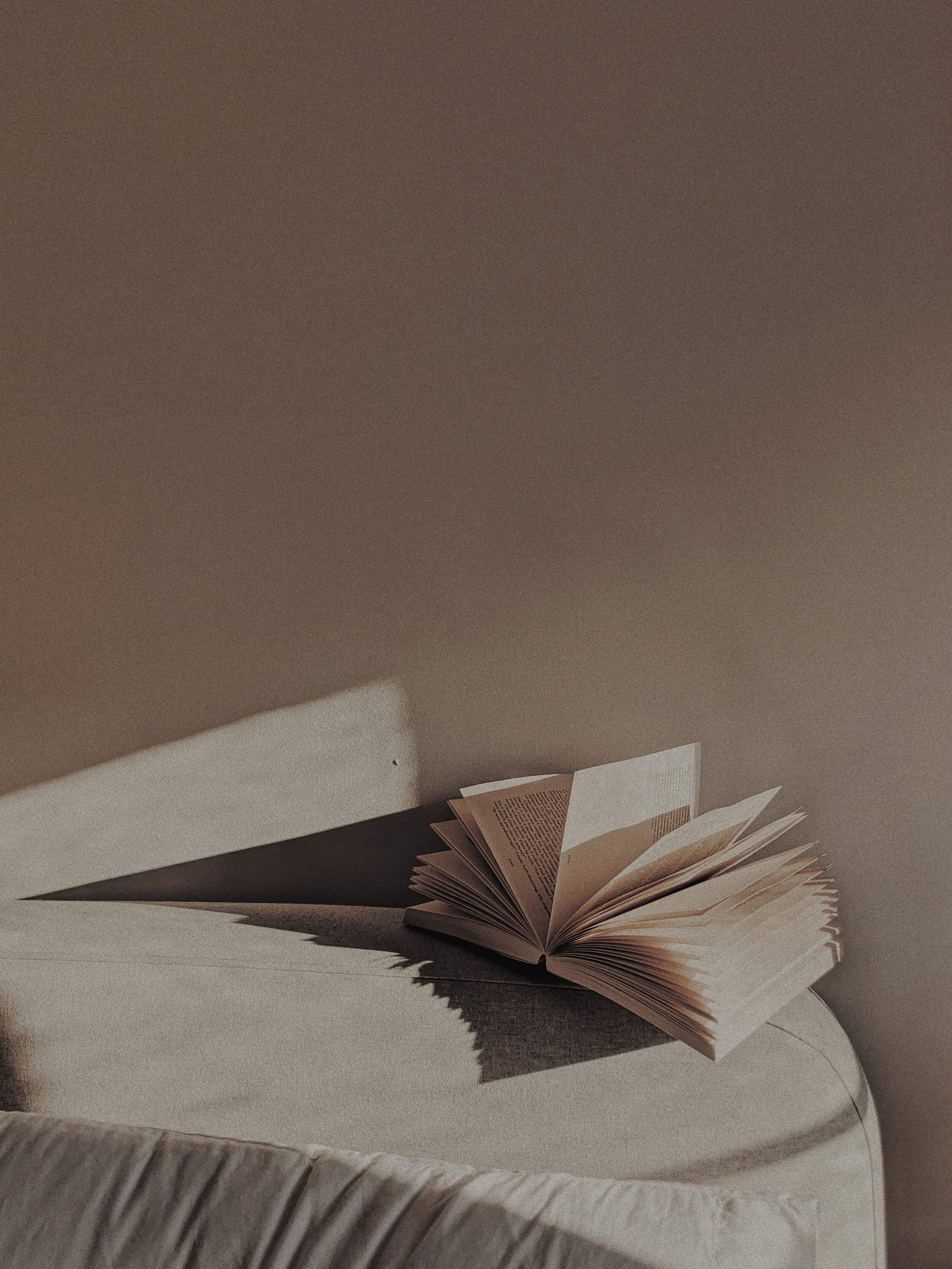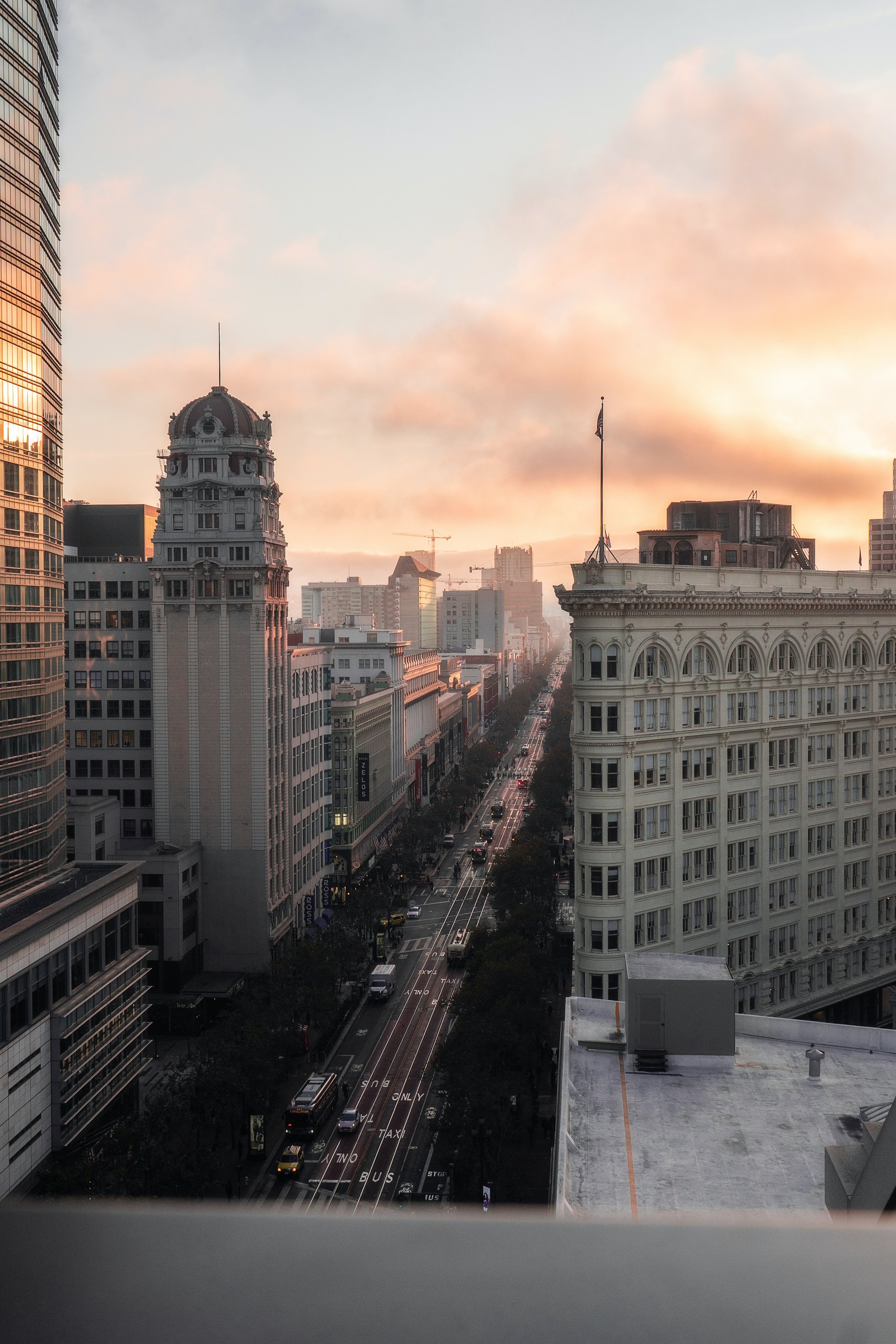On Unnecessarily Owning Art

On Unnecessarily Owning Art
Karen Stiller
Last September, I floated in a COVID-fog through Fredericton’s Gallery on Queen Street with our oldest son. Our moods matched the drizzle outside. We were, all of us, still startled to be wandering through a pandemic. Logging the disappointments and losses was an almost daily activity in the early days of that fall.
This was not supposed to happen. That was supposed to happen. I am not supposed to be here. We were supposed to be there. On some days, it was hard not to take the pandemic personally.
My biggest lament, back then, was releasing my first memoir during those uncertain days. “Stop your whining and just be grateful,” my inner shusher shushed. But I had fantasized of success—I admit it. I could close my eyes and see my book’s name up in lights. It feels silly now, and embarrassing to confess. But some hope of “making it” is part of any maker’s making, right? Otherwise, how would we ever finish anything? Where would we find the gall to push things out into the world that had not requested one single thing from us?
On that day, I walked through the gallery in gloom. When I came eye to eye with a small 12x12 inch painting called “Becoming” by Amy Ash, I cried. It was mixed media on wood, sturdy to hold, soft in color. Seven women stand sketched in a loose knot, talking. They look like women of a certain era, by the pouf of their hair, their sensible shoes, the length of a skirt and their solidity. They are women who know things—the neighbor ladies with the answers we needed, or a band-aid.
I looked, the tears came and I was comforted. By then, I had heard from a few readers who, through the magic of memoir, had read themselves into my book. I was deeply grateful. The crowds that my giant-tiny ego had dreamt of had shrunk down to a small intimate group of readers who felt like new friends—and there they were in a circle, standing in the art right in front of me.
That’s why I cried. I bought the painting almost immediately. In my living room now, the piece still reassures me with its message that small can be strong. I’ve lifted it right off the wall and held it up to zoom calls, to show people. “This,” I say. “This is how I try to see things now.”
*
“Artists are the conduits of life, articulating what all of us are sensing, but may not have the capacity to express,” writes Makoto Fujimura in his wonderful book Art + Faith: A Theology of Making.
My husband and I purchased our first “articulation of what we were sensing” back at Regent College in the ‘90s, from what was then called The Lookout Gallery. Brent was a seminary student and I was a hard worker. We often ran out of money, but that was all part of it. We frequented a restaurant that offered endless french fry refills. We’d sit there for an hour shamelessly eating fries off one shared plate until we could eat no more, wondering if the waitress would scold us.
I asked my husband this morning if he remembered what we paid for the watercolor hanging in our kitchen. It is a painting of two hands, bold against a bright blue background, passing a yellow coffee cup between them. “…more coffee?” is pencilled at the bottom. And then: “Oh yes!” Brent answered immediately: “Ninety dollars.”
That would have been a lot for us. We would have thought about that, and weighed the cost against some bill. There would have been more prudent ways to spend what would have been hard-earned. Always, that is true. Probably one of us felt more certain that buying art was a good idea, and nudged the other one forward. And then there would have been a shot of pleasure at making a married-couple-purchase that was not mixing bowls or winter tires or milk and eggs, but instead something made by hand and so pleasingly composed and rendered, joyful with color and meaning. Valuable just for being beautiful. Here was something to hang up and hang onto, throughout all these years.
I still remember what that piece articulated for us back then, just starting out. We wanted to be people who practiced hospitality. “More coffee?” “Oh yes!” That was just the start of it.
*
When we left our first parish postings in northern Saskatchewan, the two churches Brent served banded together and gave us an envelope that contained a generous goodbye gift of $500 cash. I still remember how thick and reassuring that white envelope was. It filled my hand. Almost certainly they intended this gift to help us pay for gas and other things that need to be shed and then bought again when you uproot and move across the country. Things which practical, future-thinking people would do with bonus money. We drove straight to the James Art Studio in Saskatoon and bought “Chepwa Point” by Glen Veeman and “Open Country” by Terry Lindsay. Both pieces are art of place—they remind us what is wild and open and grows in blues and greens in the prairies. They remind us of our time there, which was dearly spent. The two of them have hung together for years now, and made all the spaces that were to come more pleasing and for us, more beautiful and hospitable. They mark a time and place.
More art followed. We have marked milestones with small paintings; we have paid by installment, $50 a month for however many months; we have saved for some and splurged for others. Brent was once paid by way of a mountain watercolor, a delicate and light piece for all the rock it represents, because he helped a friend move scaffolding as Peter painted a huge mural in downtown Halifax.
We have not bought some things so that we could buy these things. Forgone this, for that. We’ve found pieces that delighted us at yard sales and scooped them up before someone else could spot their beauty behind that old toaster oven. We hung them.
Those are the easier pieces to explain. As a couple in ministry, it can sometimes feel that we’ve been caught untoward in the act of owning art. Thirty years married now, I still feel I need to explain.
“Who ’s the artist?” people sometimes ask, when they come into our space for the first time. “Oh, we ’ve collected things here and there,” we might say. “Brent’s friend Paul painted those chickadees. Aren’t they amazing?” I will over-talk about how buying art is accessible if you pay in installments, or barter or, even better, befriend. Or don't buy whiskey or sports equipment or good leather coats. “This one was a gift…”
*
Lauren Winner writes about this very thing in an essay called “The Art Patron: Someone who Can't Draw a Straight Line Tries to Defend her Art-Buying Habit” in For the Beauty of the Church, a collection of pieces edited by W. David O. Taylor, a pastor and author who has done so much to further the conversation about art(s) in the Church. She tells the story of being confronted by a reader disturbed by a passage in her memoir When Girl Meets God, where Winner writes about purchasing a piece of pricey art, and how could she justify that as a Christian?
Winner justifies it fully in the chapter that follows, while acknowledging the inherent privilege of anyone being able to buy art now and then. She writes, “…Scripture makes clear that God is interested in art. If you doubt that, turn to Exodus 26 and see how much space is devoted to the details of the tabernacle.”
I did turn, and it really does. Old Testament linen is finely woven, the clasps are golden, the designs on curtains are exquisite and the thread is blue, purple and scarlet, on purpose. That’s what God requested. Beauty matters. It’s okay for space to be lovely and alive with art. “A Christian understanding of art involves a recognition that art does things,” she writes. “In our Christian history, art mattered.” And, of course, artists matter. Because I’m a Christian, I feel like Christian artists particularly and especially matter, as they do their work, pausing and painting and pointing.
I think we also feel we have to explain our art simply because we are a pastor and a writer. Pastors feel this way about a lot of things that might seem abundant. Is this house too nice? The car too new? It’s just a creature-comfort-conflict-conundrum that is real for almost every pastor with a sensitive heart I have ever met.
And art, in particular, which is not necessary for anyone to own, is most understandable in grander houses owned by richer people. It’s expected there, but surprising here. And yet the pen and the brush and the paint and clay and the mandolin and the Word made flesh all tie together so pleasingly. The Creator created all the creators who are creating—and that is all of us in some form, the cake-bakers and the garden-planters too—and then visited the creation in person, to make a lot of things abundantly clear. It is good to number art among the things we love.
*
In two churches now, Brent has formed committees, talked together about artful things and then created gallery space. Church walls which stood in entrance lobbies, normally hung with evacuation directions and fire extinguishers or else nothing at all, are now gallery walls. They have become actual, legitimate gallery space inside church buildings where artists of faith can show their work.
It’s such an elegant idea. I don’t know what it’s like for the artists, but I know it’s wonderful for the rest of us. To pause and ponder at a painting. To read the little cards that guide and explain. Clustered together, each painting is like a chapter of a book, leading one to another and hinting at a larger, more complete story.
We have openings and gallery hours and the shows come and go. Artists can sell and people can buy. But most importantly, perhaps, people can look. We can see and be moved in that way that art does, by inviting us into a layered and beautiful story. Someone else’s devotion can remind us and guide us forward or inward. A lot of us need that kind of “let me take you by the hand and look at where I am pointing” kind of help. Our church’s art gallery is called The Lobby Gallery, because, yes, it’s in the lobby, but also because art can be an entryway into faith. Step in, and behold.
Art, real, visible and concrete in front of us, mysteriously reminds us there is more than just what we can touch and see.
The show at our church these days is full of big, expansive pieces done with vivid strokes and sweeping movements of Blaine Rancourt’s arm. Or at least, that’s how I imagine the making, because part of beholding art is also usually wondering how ever did they make this?
We know this artist, a little bit, and so when my book came out, Brent suggested we send a copy to him. He sent a note back to say there was a painting from that very show that reminded him of my work. He told us which one. The next Sunday, I went and found it, and now every Sunday, I visit it. I stand in front of it for a few moments, and I feel amazed again, at what art can do.
Karen Stiller
Writer & Editor
Karen is the author of The Minister’s Wife: a memoir of faith, doubt, friendship, loneliness, forgiveness and more
Photography by Marina Elise




